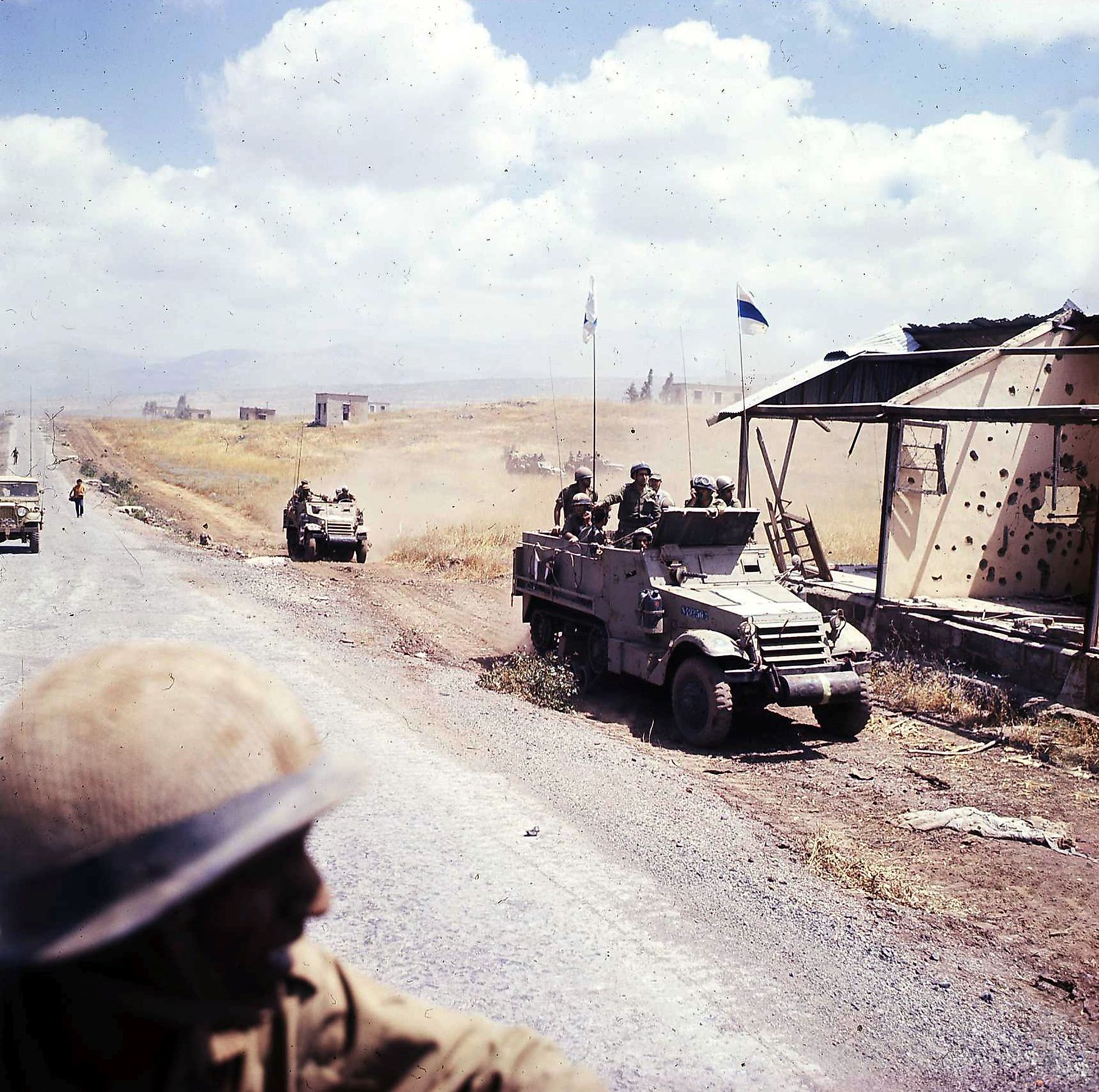
What was the Six-Day War?
The Six-Day War, also known as the 1967 War or the Third Arab-Israeli War, looms large in discussions about the Israeli-Palestinian conflict. Occurring due to lingering grievances from the wars of 1947-1949, the Suez Crisis, and Cold War tensions, the conflict saw Israel occupy the Golan Heights, the West Bank, and the Sinai Peninsula. Furthermore, the war contributed to economic instability in the 1970s while also paving the way for future conflicts.
Background
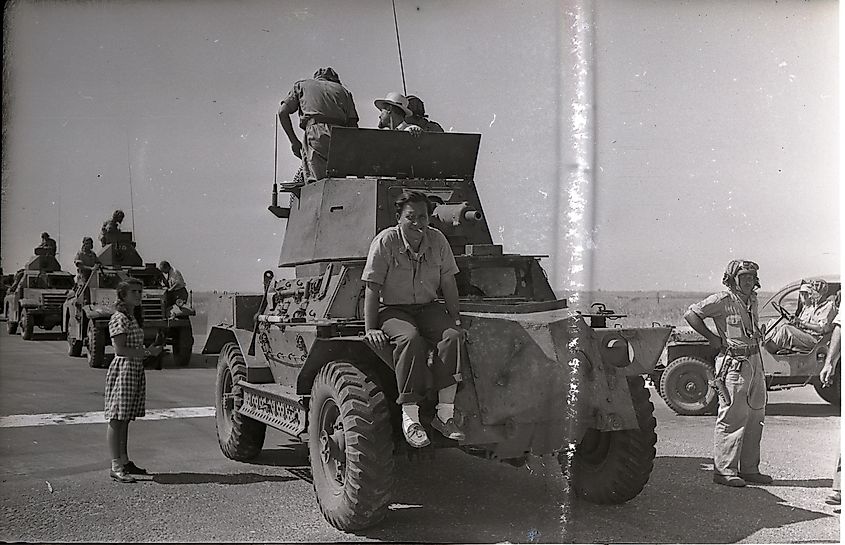
The causes of the Six-Day War can be traced back twenty years before its occurrence. Israel's wars for independence in the late 1940s destroyed any sort of Palestinian political unit. This was accompanied by the expulsion of between 650,000 to 750,000 Palestinians, about half of the total Palestinian population. With Israel refusing to allow the refugees to return, the neighboring Arab countries were forced to accept them. Accompanying these refugee-based tensions were questions about Israel's borders. In 1947, the United Nations (UN) proposed a partition plan in which Israel received 56 percent of the territory of the former mandate Palestine. However, the subsequent wars saw Israel come to control 78 percent of the territory (the remainder of which was occupied by Jordan and Egypt). Uncertainty over whether the UN's partition plan lines or the ceasefire lines would mark Israel's borders contributed to territorial challenges in the decades following Israel's independence.
The Causes of the War
The Suez Crisis
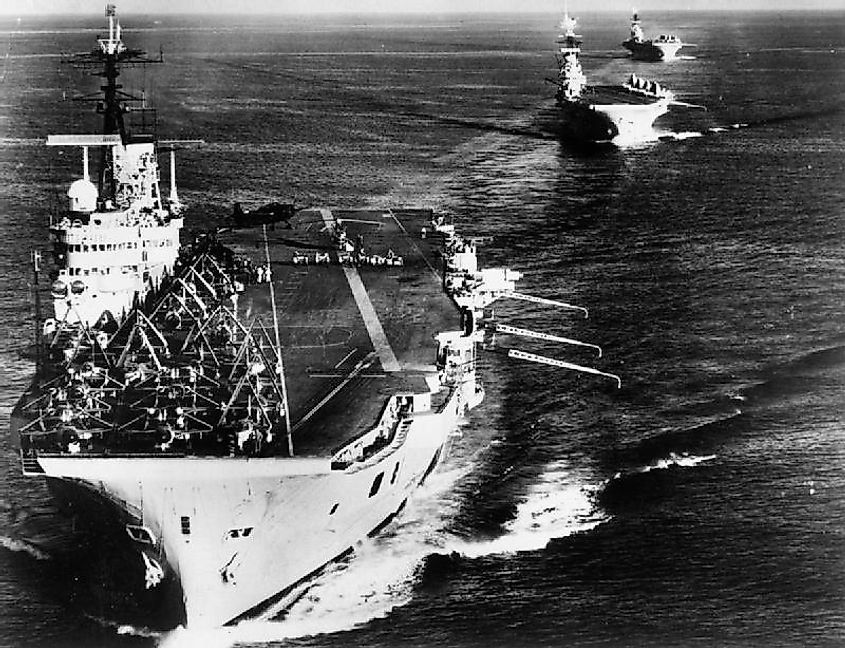
In 1956, Egyptian leader Abdel Nasser nationalized the Suez Canal. This was a major risk to Western security and economic interests since the canal allowed ships to travel directly from the Mediterranean Sea to the Red Sea rather than going around the horn of Africa. Therefore, Israel invaded Egypt and overtook the canal. French and British paratroopers then landed and acted as peacekeepers, with the goal being to force Nasser to step down by humiliating him militarily. However, it was discovered that the peacekeeping mission had been planned beforehand with the Israelis. Thus, Nasser's grip on power was strengthened, and the UN evacuated the paratroopers in December 1956. Israeli troops withdrew three months later. Although it was a largely unsuccessful campaign, the establishment of a UN peacekeeping force allowed Israel to make some strategic gains. Indeed, their presence at the southern tip of the Sinai Peninsula ensured Israeli access to the Straits of Tiran, which had been blocked or partially blocked since 1948. But, the Israeli government stated that if the southern tip was ever again seized by Egypt, it would be a reason to go to war.
Water (in)security
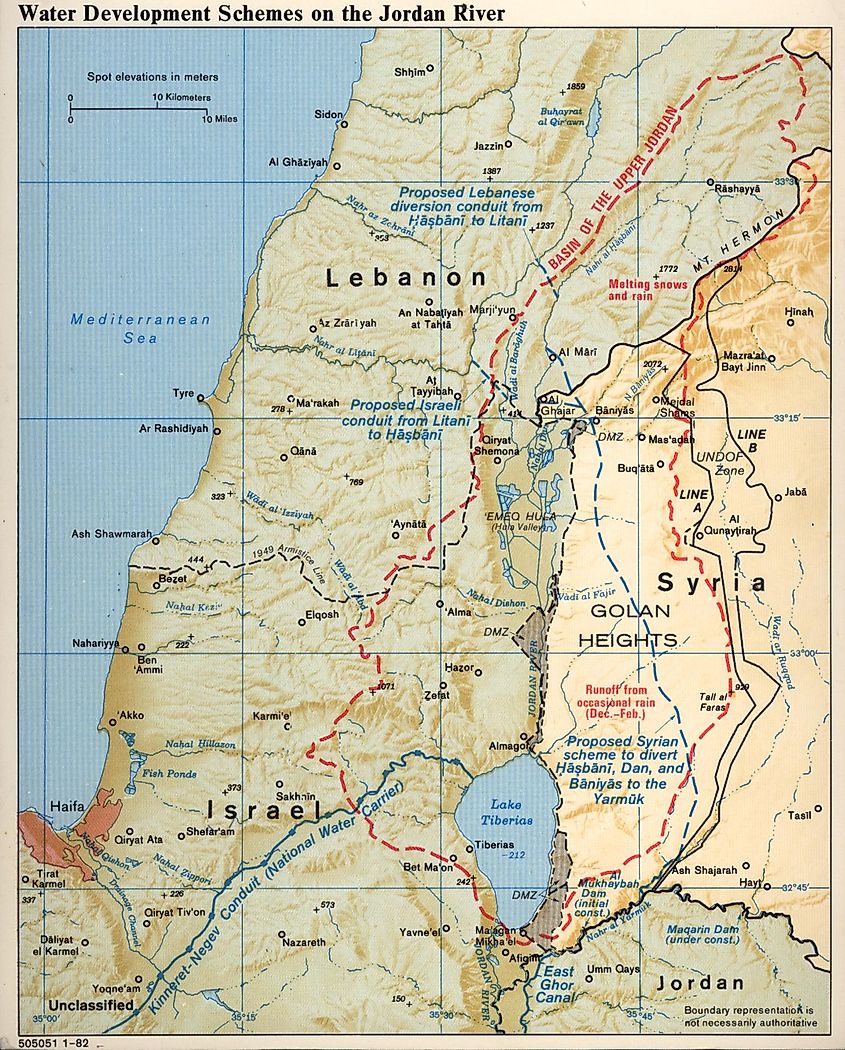
Shortly after achieving statehood, Israel made plans to use Lake Tiberias, a lake in the north of the country mainly supplied by the Jordan River, as a reservoir to irrigate the Negev Desert. With the Arab countries in the region relying on the river for water, this was a major threat to their water security. Moreover, since the Jordan River's headwaters came from Lebanon and Syria, Israel feared the implications for its water supply and broader agricultural development if these countries diverted the water for themselves. In this context of fears regarding water security, military alliances between the Arab countries began to form--sewing the seeds for future conflicts.
The Arab Cold War
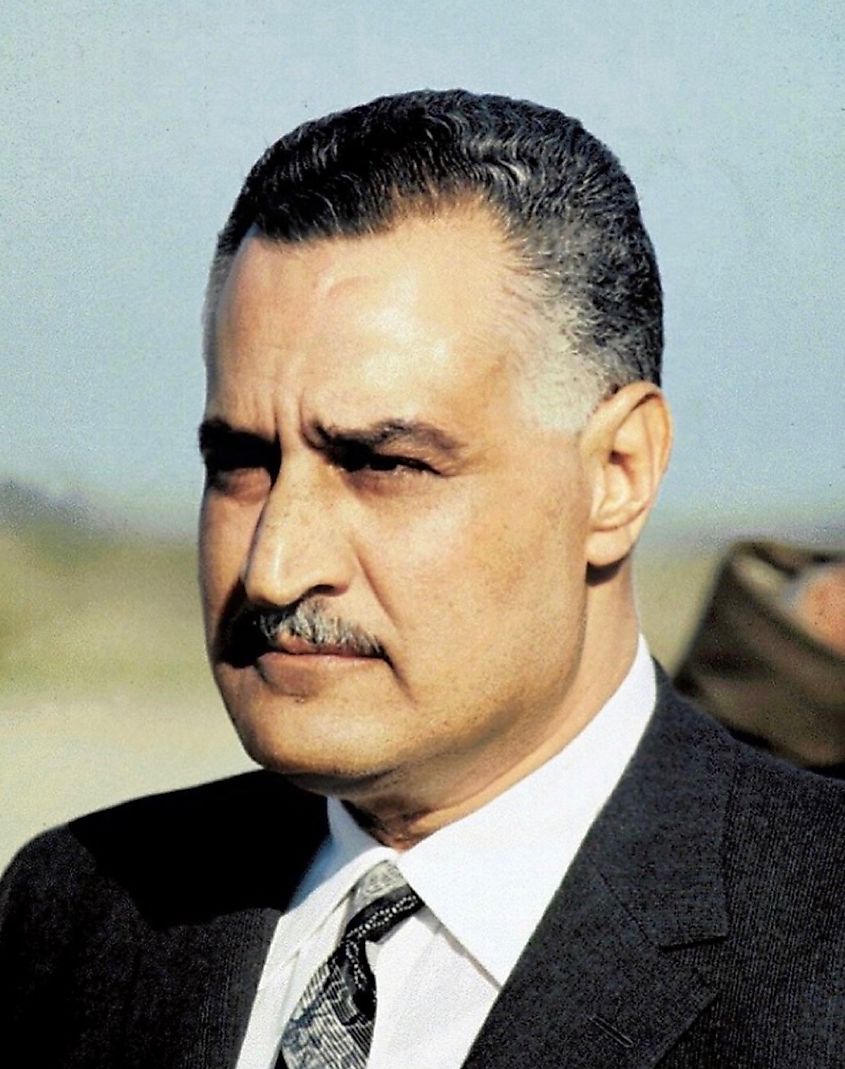
By the end of the Suez Crisis, Nasser had emerged as the undisputed leader of Arab nationalism. This led to tensions with other leaders in the region. Specifically, the "old guard" colonial monarchs in countries like Syria, Jordan, and Saudi Arabia had little interest in being part of a pan-Arab movement. This discontent caused the Arab Cold War. Much like the Cold War between the Soviet Union (USSR) and the United States (US), the Arab Cold War saw proxy wars, with Egypt and Saudi Arabia supporting opposing sides in the North Yemen Civil War (1962-1970). There was also an arms race between the colonial monarchs and the Arab nationalists. With Israel feeling the need to keep up militarily with all the Arab countries combined, the stage was set for some sort of armed conflict.
The War
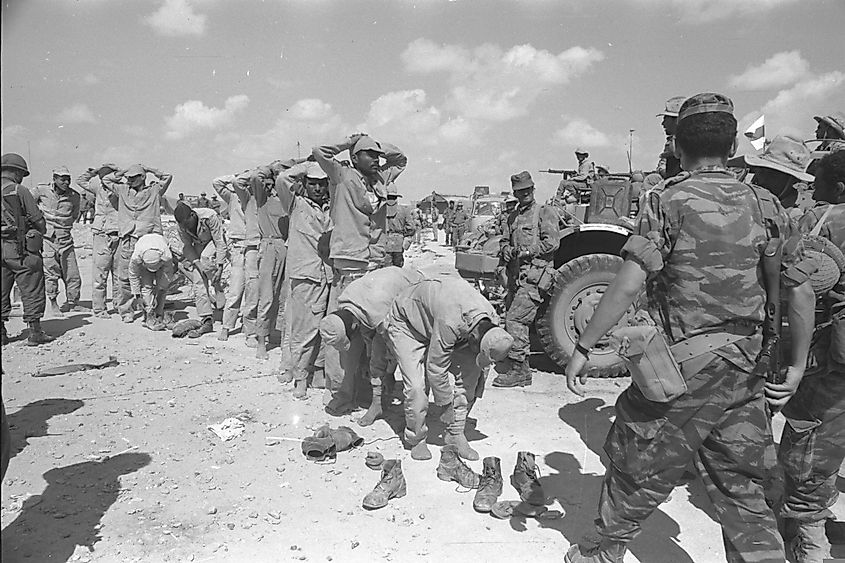
In the spring of 1967, Nasser was (incorrectly) told by the USSR that Israel was mobilizing its forces near the Syrian border. As the supposed protector of a pan-Arab identity, Nasser felt obligated to do something in response. Thus, he asked UN peacekeepers to leave the southern tip of the Sinai Peninsula, after which he closed the Straits of Tiran. Per Israel’s promise after the Suez Crisis, they went to war with Egypt. In a pre-emptive surprise offensive on June 5th, 1967, Israeli jets flew low over the Mediterranean Sea to avoid radar detection, attacking key Egyptian airfields and other military facilities in places like Cairo and the Suez Canal. This allowed Israel to completely overwhelm the Egyptian forces, and the fighting ended on June 10th. In just six days, Israel occupied both Gaza and the Sinai Peninsula. It also took the previous Jordanian-occupied West Bank and Syrian-occupied Golan Heights, defeating both countries after they entered into the war due to the potential political ramifications of not coming to Egypt's defense.
Aftermath and Consequences
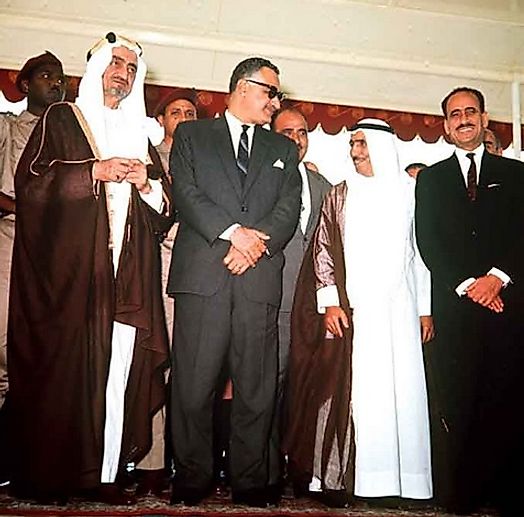
The peace process was complicated. For instance, the September 1967 Arab summit in Khartoum saw Arab leaders reiterate their position that there would be no long-term peace with Israel. However, in November 1967, UN Resolution 242 forwarded a "land for peace" deal. It asserted that Israel could not continue to occupy territories taken in the war. But, it also posited that the Arab countries could not continuously be at war with Israel and had to recognize its right to exist. Despite Israel, Egypt, and Jordan adopting the resolution, the wording was key. While the first draft spoke of "the territories" occupied by Israel in the war, the final draft removed the word "the." Israel interpreted this to mean that it did not need to return all of the land and continued to occupy the Sinai Peninsula, the West Bank, Gaza, and the Golan Heights.
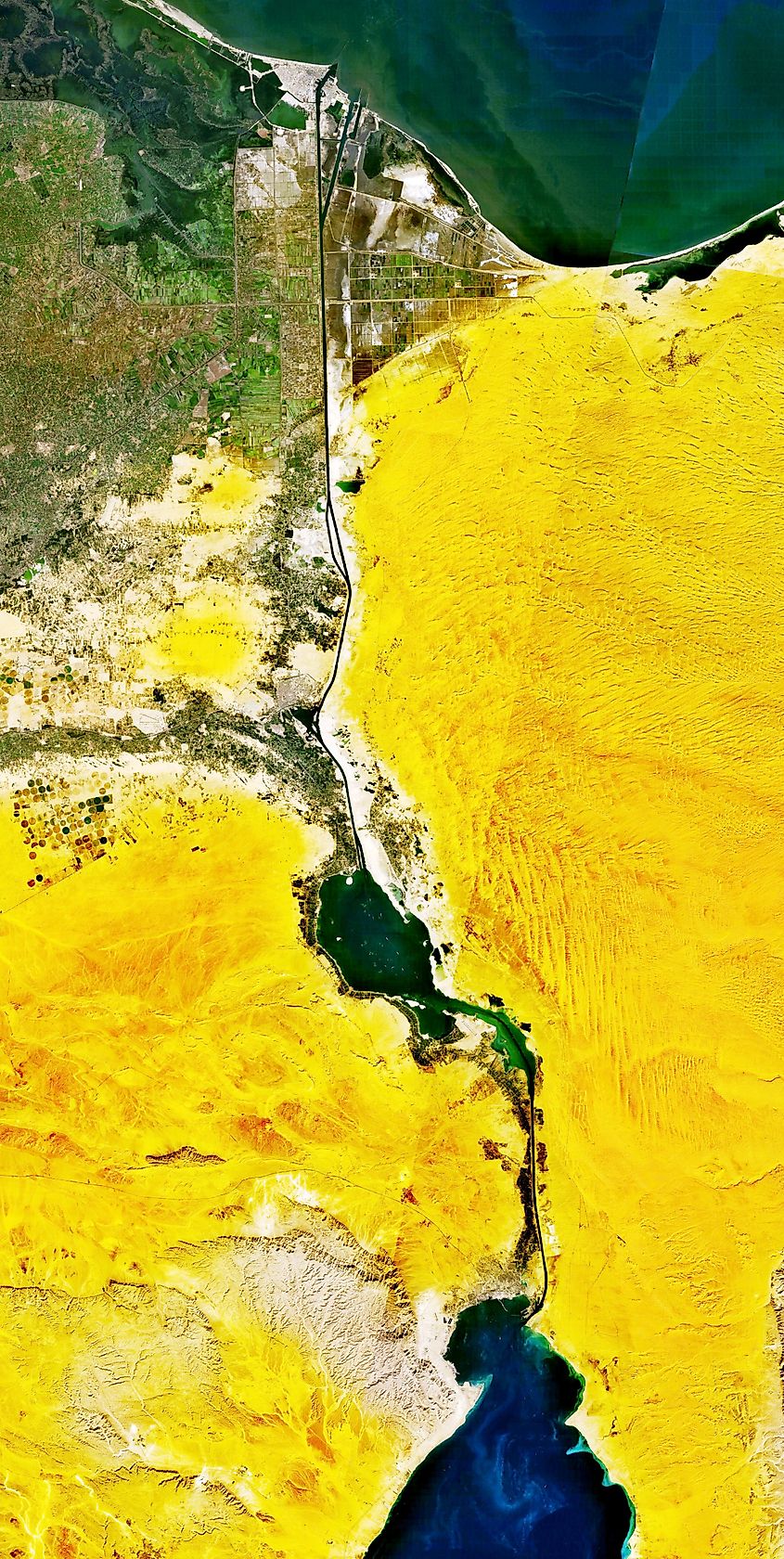
As for other geopolitical implications, the war resulted in the closure of the Suez Canal from 1967 to 1975. This contributed to a dramatic rise in oil prices in 1973. Regarding the Palestinians, the 1967 War saw the reemergence of their political interests on the international stage. Whereas before, some put their hopes behind Nasser, his failure in 1967 caused many Palestinians to become disillusioned with pan-Arabism. This contributed to the rise of Palestinian nationalist political parties, the most notable of which was Fatah, which played a key role in the Israel-Palestine conflict in subsequent decades.
Final Thoughts
The Six-Day remains a formative event. Occurring in the wake of the 1947 to 1949 wars, the conflict was fueled by the Suez Crisis, concerns about water security, and the Arab Cold War. Moreover, it saw Israel occupy the Sinai Peninsula, Gaza, the West Bank, and the Golan Heights. Finally, the war contributed to the 1973 oil crisis and the renewed prominence of a Palestinian nationalist movement.











